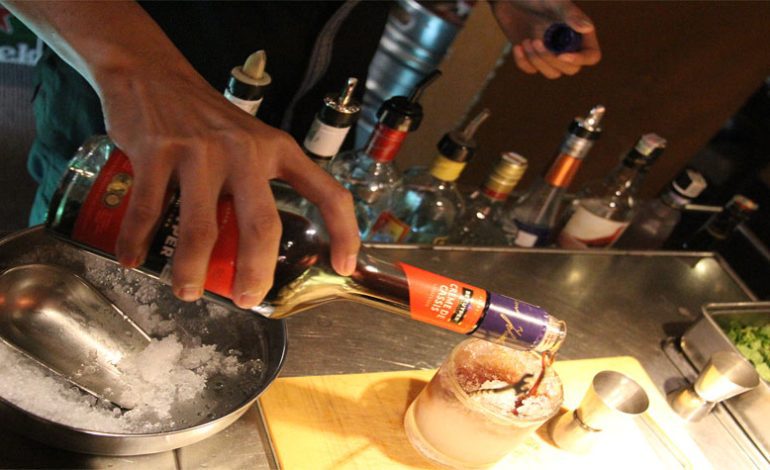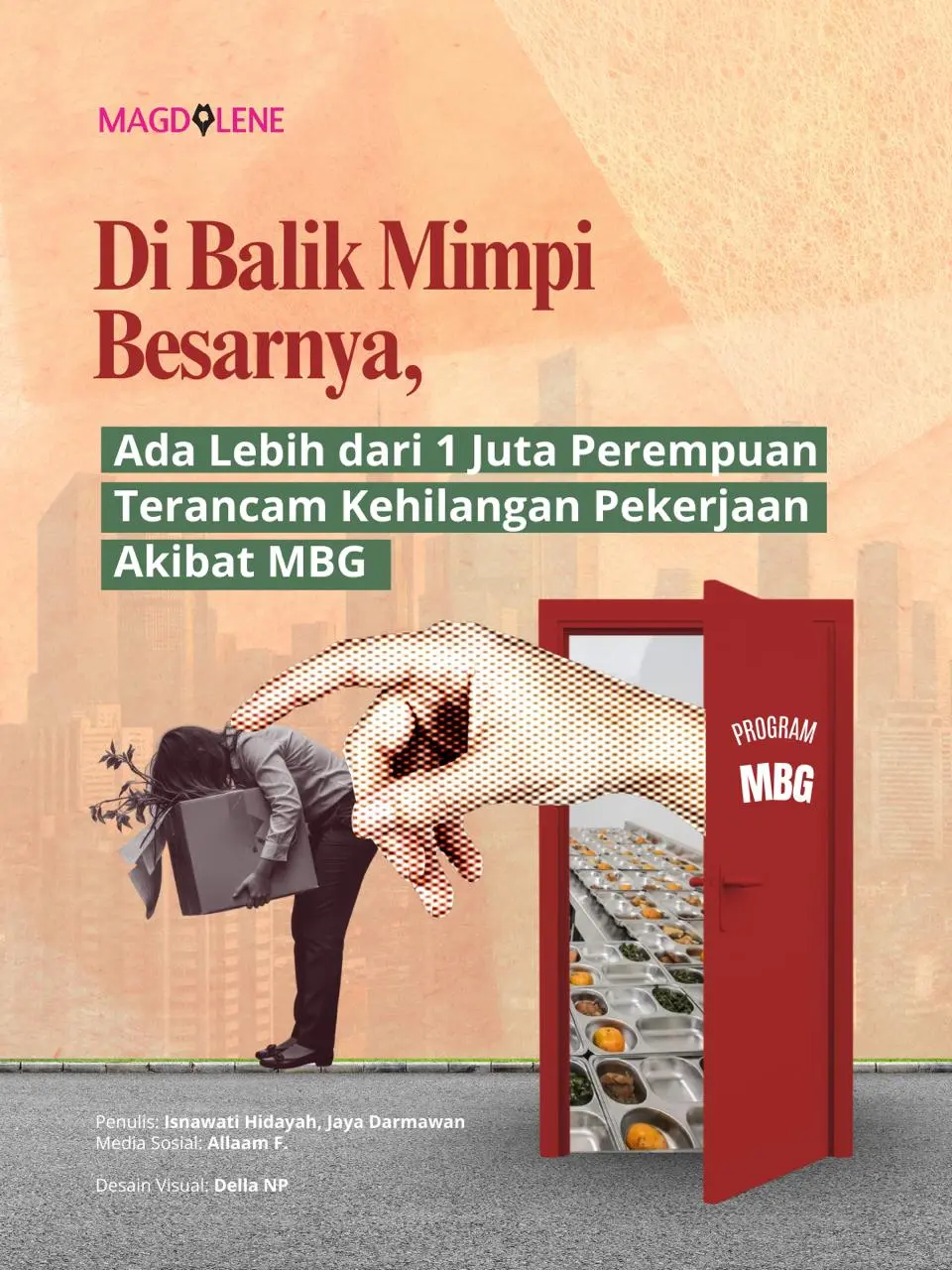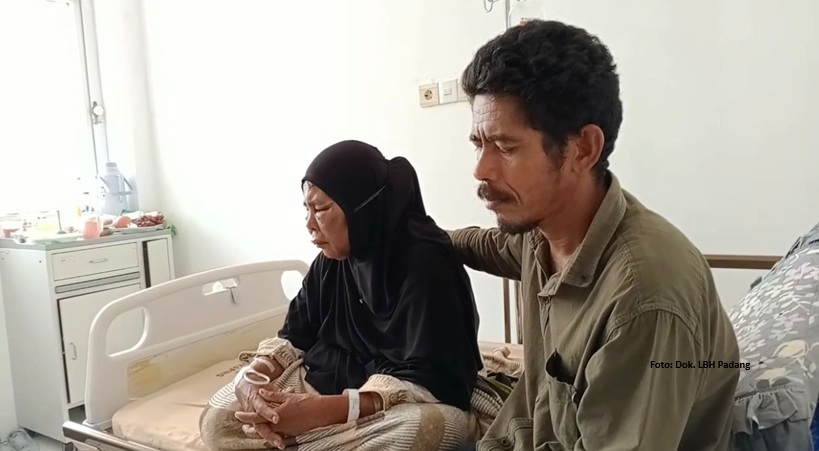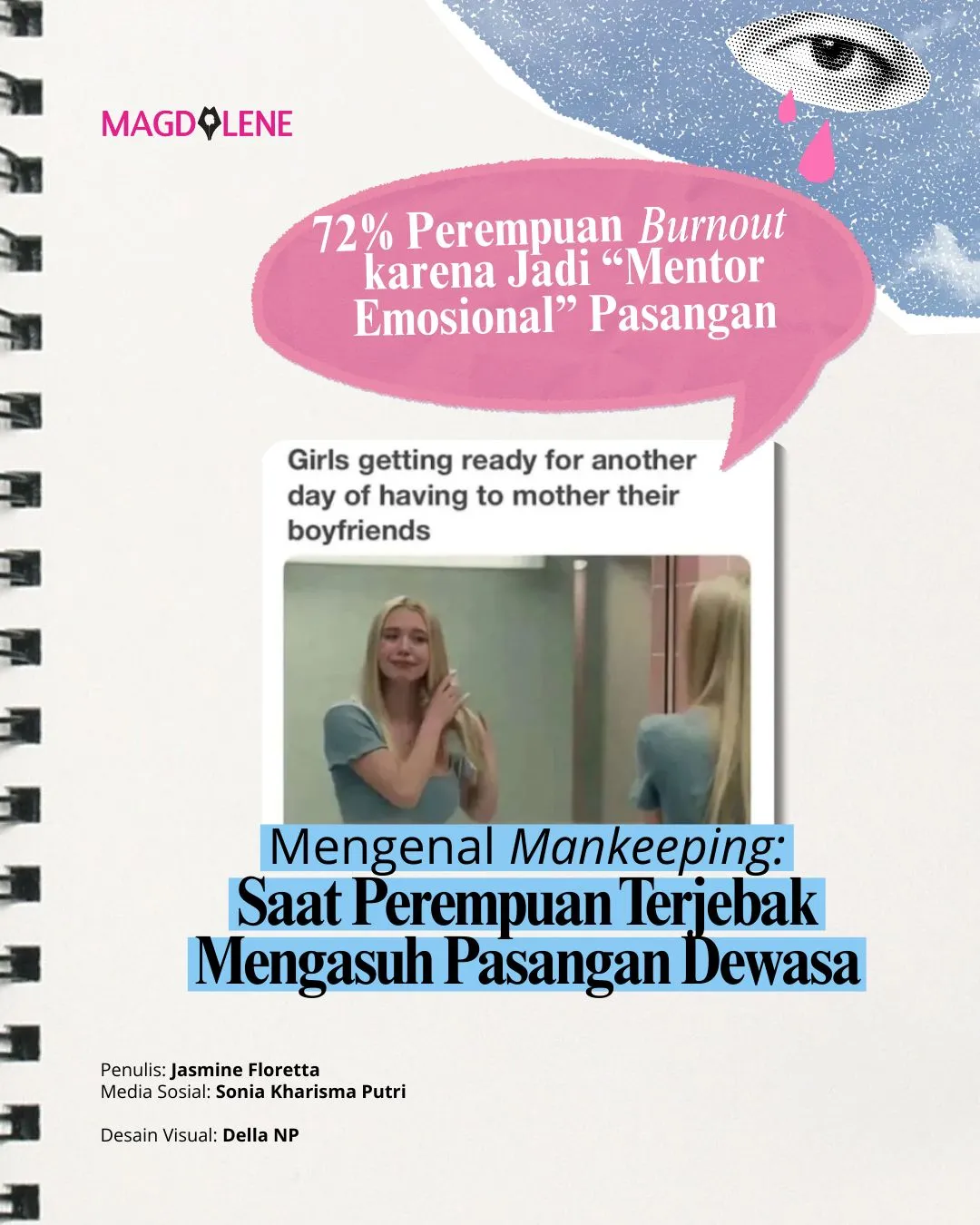Semarang, the Surprisingly Nice City
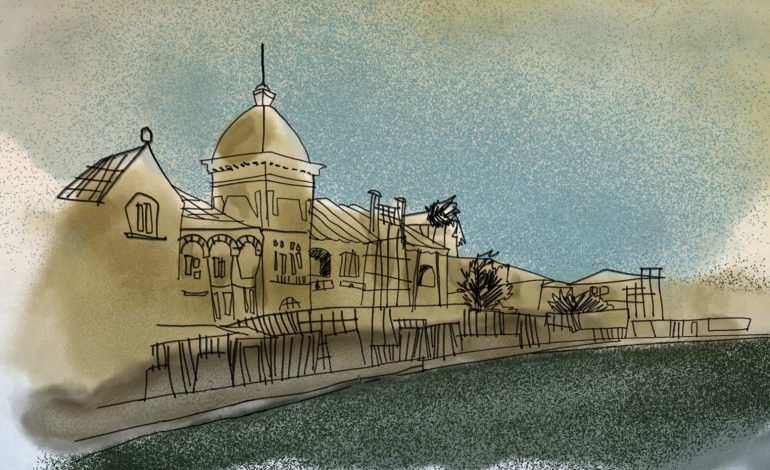
It was only recently that I noticed how nice a city Semarang is, a late discovery that I regretted.
I had visited the Central Java capital when I was little and I remembered it as a hot, humid industrial zone with a lot of factories and flood near the coastal area. During college days, a couple of friends did their internships in Semarang and reported how dull the city was, so I never had any intention to go back there.
The city just seemed to lack the attractions to lure tourists. It was neither cultural and artsy like Yogyakarta and Solo – save the Sam Po Kong temple – nor was it a food haven like Bandung and Malang, or Surabaya. Semarang then only served as a transit spot to other destinations, like nearby Kudus and Karimun Jawa Islands.
Last month’s visit, however, changed my perception about Semarang. Yes, it is still hot and humid, but it has most of the required factors to make it a nice city: cleanliness, smooth and wide roads, great architecture and light traffic.
“Do you have traffic jam here?” I asked a few drivers and locals, and they all said “No, not really.”
Some parts of the urban landscape are hilly, which makes it fun (and challenging) for cyclists. What is lacking is more greenery, which might help offset the scorching heat.

The old city is a lovely area for a walk. A legacy from the Dutch colonial administration, the old city, also nicknamed the “Little Netherlands”, occupies a 13-hectare area that hosts 105 old buildings.
Only 50 of the buildings are still intact and well maintained, but at least the façades of the rest of the buildings can still be enjoyed. Among the preserved ones are Gereja Blenduk church from the 18th century, the Asuransi Jiwasraya building, the Perkebunan XV building and Pelni building.
As for the food scene, it is wonderful. Beyond the signature delicacies like loenpia (spring roll), tahu pong (tofu dish) and bandeng or milk fish, there are varieties of good Javanese and Chinese food. Even better, do a one-stop culinary experience at Kampung Semawi night food market in Chinatown area, where dozens of food stalls line up neatly, offering a plethora of good food – Javanese, Chinese, even Japanese and Korean.
It was a nice weekend getaway. And the more I got to see the city, the more I believe that the city has a great potential to be a top tourist destination. Location-wise, it is, only less than an hour flight from Jakarta and it is also reachable by train and bus without leaving you with sore back and swollen feet.
I imagined this city could be Indonesia’s Penang. Though equally hot and humid, the small island are packed with tourists all year long (there is reportedly no low season in Penang), because it is so charming with well-preserved old buildings, integrated street arts, and the amalgamation of Malay, Indian and Chinese cultures. Tourists are willing to walk the heat just to browse the steel rod caricatures sprawled all over Penang. And the food scene is amazing.
Semarang should be able to turn into that, I thought.

“This city has amazing potential actually, but it has never been optimized and capitalized. Too bad,” said Jenny Kalalo, owner of old café Toko Oen.
“People see Semarang as having no tourist attraction. Everyone goes to Borobudur, and so on, while the city has huge potential. If we revive the old city, it can trickle down; it can really boost the tourism sector.”
Jenny and her brother Gilbert have been working to revive the old city, or Oudstadt as it is also called. Through their Oen Foundation, the siblings manage four colonial buildings and have been organizing the three-day Old City Festival every September since 2012.
“From 1,000 visitors a day during the first festival, the event attracted as many 20,000 people from all walks of life per day this year. There were music, cultural performances, historical exhibitions, and many more,” said Jenny.
The Foundation worked with local government as well as dozens of local communities, volunteers and students to work on the event. It is not an easy task, Jenny said, as finding sponsors was difficult and the government barely has budget – nor does the latter really has the awareness and willingness to revive the Old City.
“The area is still plagued by social problems such as squatters. There is also environmental problem like tidal flood. We should consult urban planning and water experts to work on these issues,” said Gilbert.
Jenny and Gilbert dreamed of having the old city of Semarang named a UNESCO World Heritage.
“We need consistency and sustainability in reviving the city, instead of only looking for short term profit. The failure to preserve the old city means the failure of tourism economy,” Jenny said.
Read about Hera Diani’s recent outdoorsy experience and follow @heradiani on Twitter.


